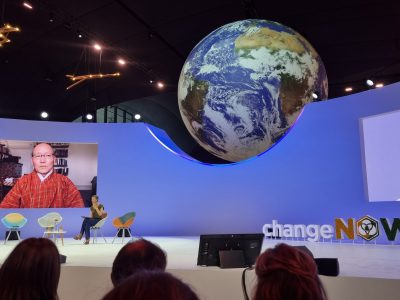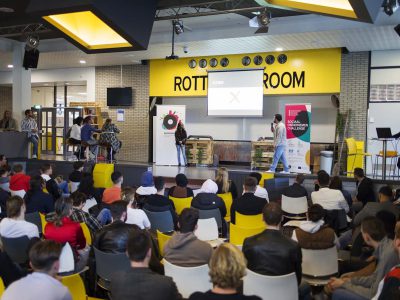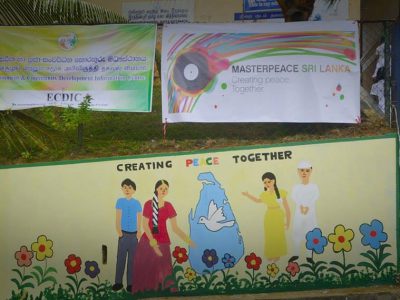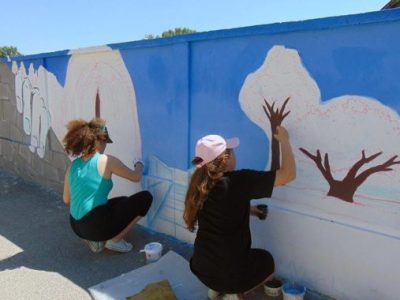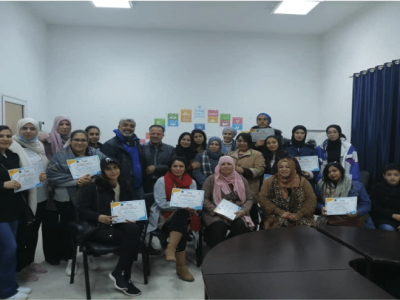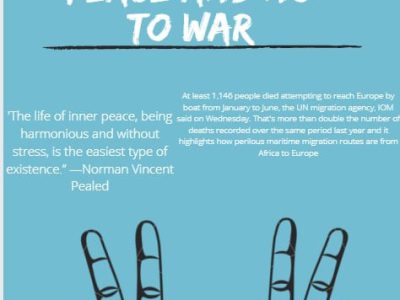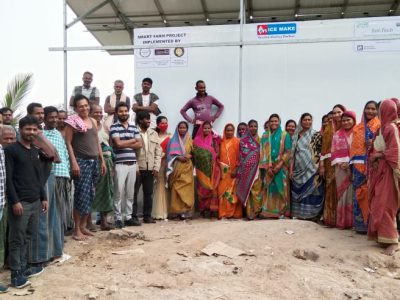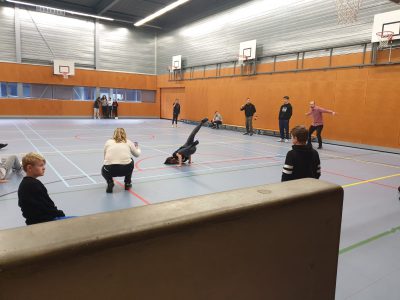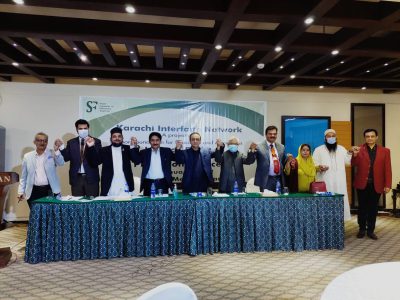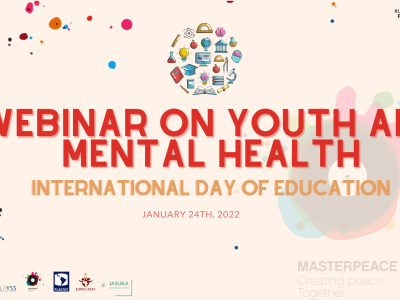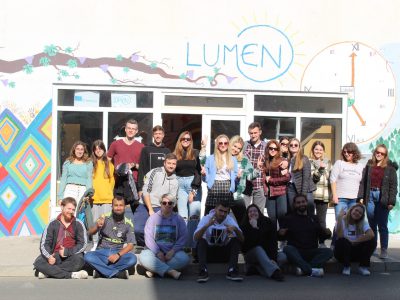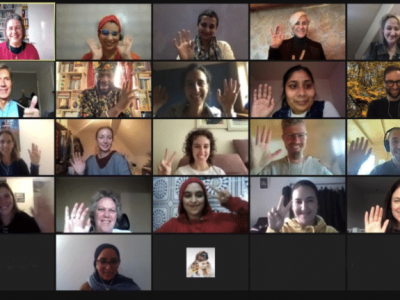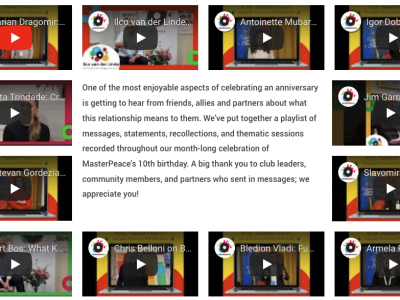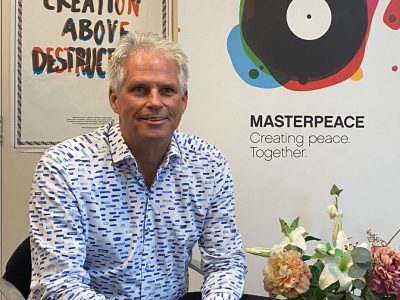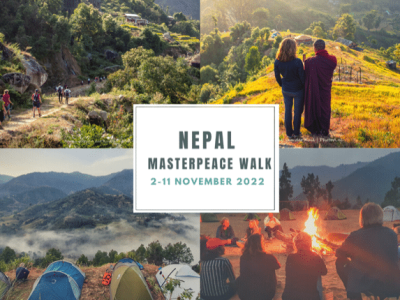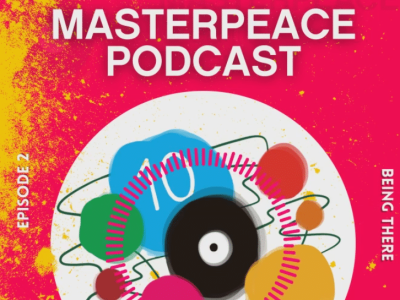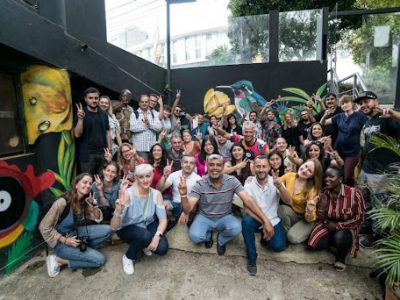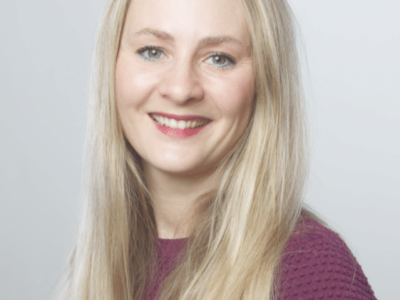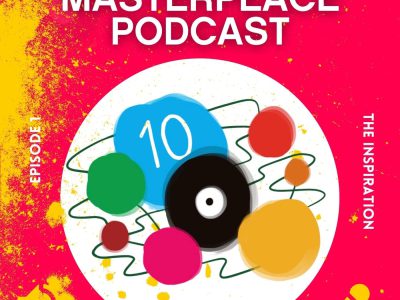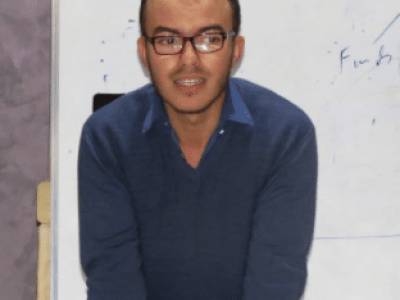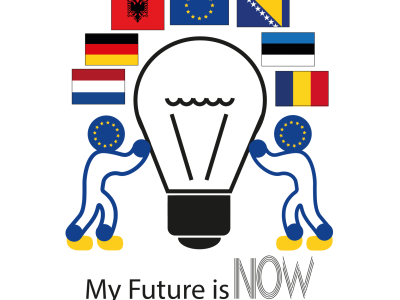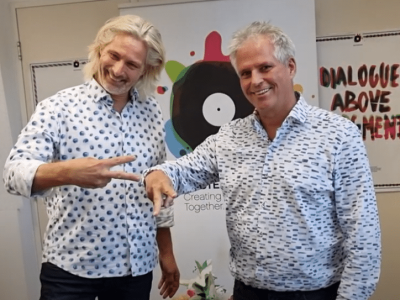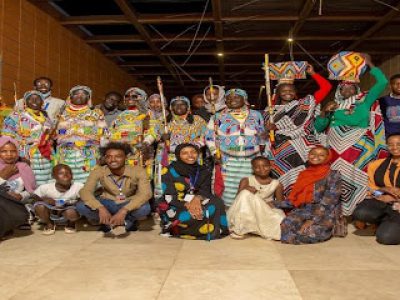Stories
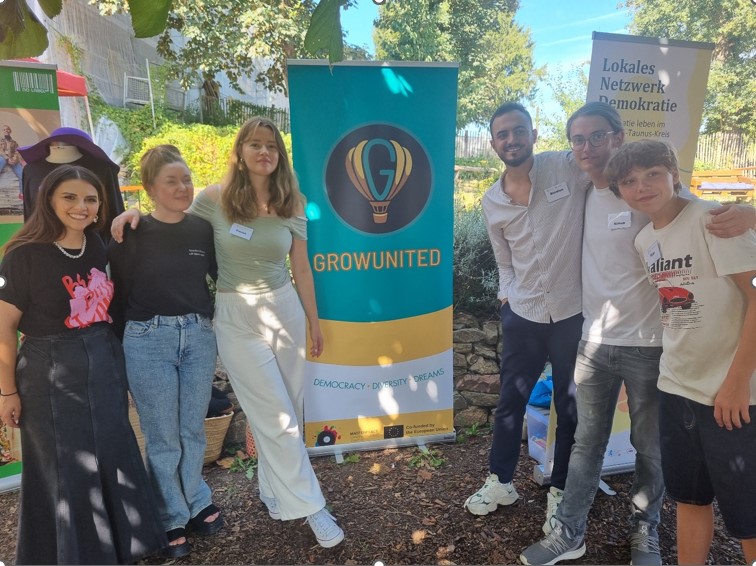
EU SGA 2024: Eltville- Wiesbaden a great Dreamsharing Festival.
On Saturday, the 7th of September, our partnering NGO Grow United hosted in Eltville- Wiesbaden a great Dreamsharing Festival. This festival was engaging and inviting participants from Germany, Albania, Poland, Romania, and Slovakia, youth and seniors (decision-makers and youth workers)
In three parallel workshops, participants discussed the various insights related to Democracy.
In our preparation, we liked to like the topics of workshops to the 6 key EU Values, as they are the context of major challenges we face like polarization, populism, and shrinking civic spaces. Dignity, Democracy, Respect for Human Rights, Equality, Freedom of Speech, and the Rule of Law
Dignity is a core EU value that emphasizes every individual's inherent worth and value. It encompasses the idea that everyone should be treated with respect and their rights protected, irrespective of their background or circumstances.
Democracy is a fundamental EU value that underscores the importance of representative governance, citizen participation, and the protection of individual rights. It ensures the government is accountable to its citizens and respects their choices through regular elections.
Equality is central to EU values, emphasizing equal treatment and opportunities for all individuals, regardless of their gender, ethnicity, religion, or other characteristics. It promotes inclusivity and non-discrimination.
Freedom of speech is a fundamental EU value that safeguards the right of individuals to express their opinions and ideas without censorship or interference. It promotes open dialogue and democratic discourse.
The Rule of Law is a core EU value that ensures that laws are applied consistently, fairly, and transparently. It upholds the principles of justice, accountability, and the protection of individual rights.
As an engaging Kickstarter, we used the boiling frog fame, accessible on www.actforliberty.eu. Sometimes, freedom is so evident that we do not recognize its threats. Do we behave like frogs in a pan? If you put a frog in a pan of boiling water, he will jump out immediately: too hot! But if you warm him up slowly, he will not notice the danger. He stays nice and warm - until he is boiled alive. This game puts you to the test: are you a boiling frog? When does it get too hot for you? Jump out in time!
In three parallel workshops, youth and youth-workers, we built on the results of the game and discussed the challenges but also potential approaches to how to close gaps and align with the EU values.
In the closing panel discussion with representatives of the municipalities, the youth suggested advice that was welcomed as a warm bath by the major as he also sometimes feels he cannot meet citizens' expectations.

This event was co-funded by the European Union as a project called EU SGA 2024
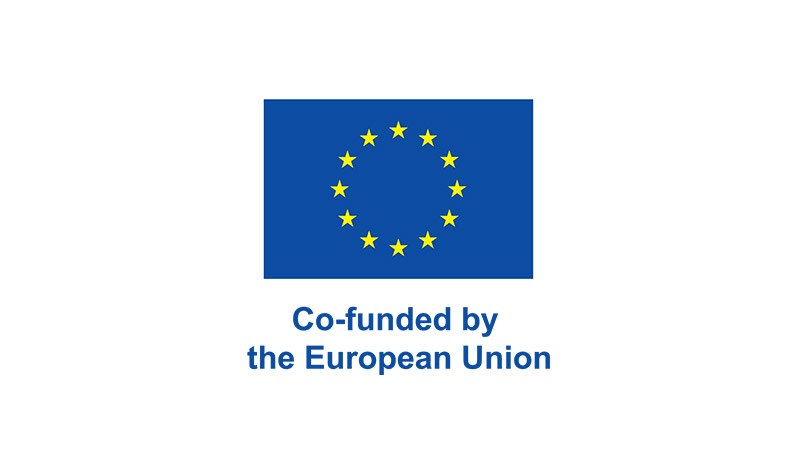
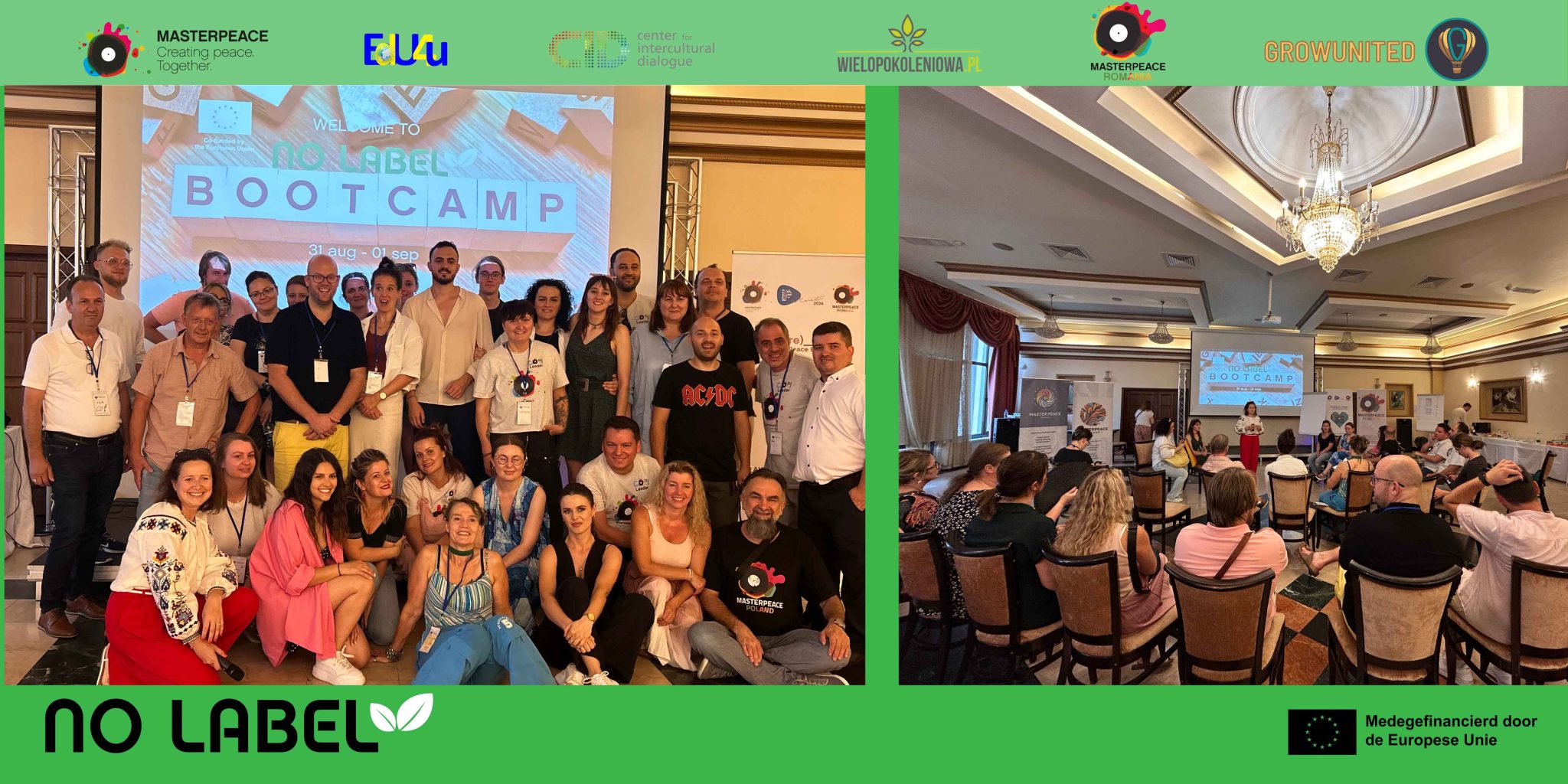
Samen zorgen voor morgen met No Label, No Plan(et) B!
In januari zijn we gestart met ons internationale project No Label, No Plan(et) B, waarin we samen met jongeren (18-35 jaar) werken aan een duurzame toekomst en bewust consumentisme. Dit project, dat zich richt op het verduurzamen van de mode-industrie en het promoten van een bewuste levensstijl, loopt de komende twee jaar in samenwerking met onze partners uit Roemenië, Slowakije, Noord-Macedonië, Polen en Duitsland.
Met dit project bouwen we aan een sterke alliantie van (jongeren)organisaties die elkaar inspireren, van elkaar leren en actie ondernemen voor een groenere wereld. Samen willen we bewustwording vergroten, overconsumptie tegengaan en concrete stappen zetten richting duurzaamheid.
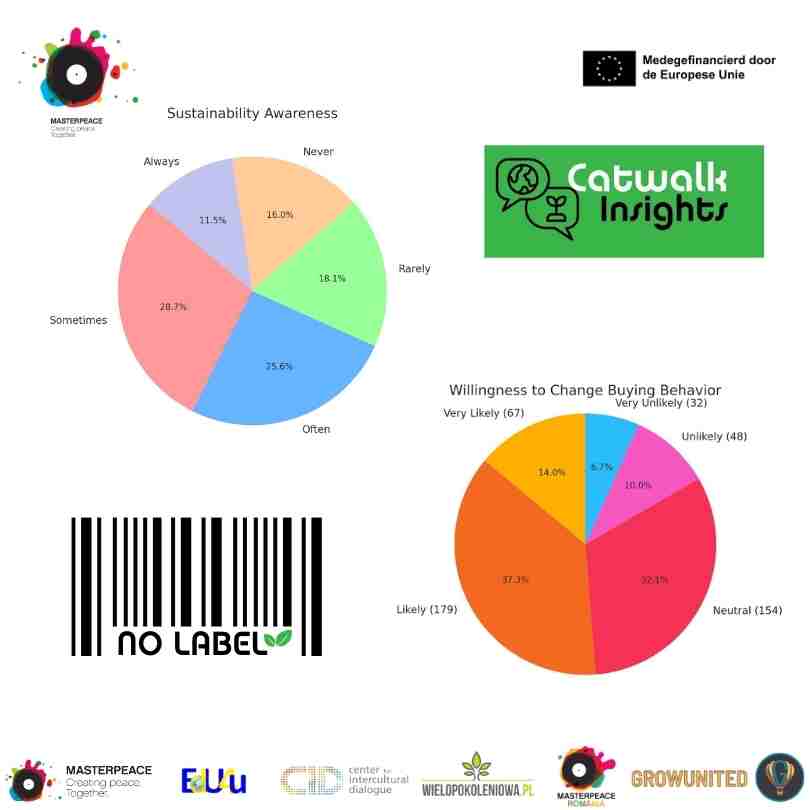
Catwalk Insights: Duurzaam consumentisme in Europa
Uit een recente enquête onder jongeren uit de deelnemende landen blijkt dat er regionale verschillen zijn in de mate van bewust consumentisme. In Duitsland en Nederland zien we bijvoorbeeld dat jongeren vaker kiezen voor tweedehands winkelen en recyclen. Ze zijn over het algemeen bereid om hun consumptiegedrag te veranderen. In Polen en Roemenië is er nog meer ruimte voor bewustwording, maar dit betekent dat er een enorme kans ligt om jongeren daar te inspireren en te mobiliseren.
Overconsumptie blijft een grote uitdaging, maar samen zetten we stappen om dit aan te pakken. Door internationale samenwerking en het uitwisselen van kennis en ervaringen, kunnen we elkaar versterken in onze missie voor een duurzame toekomst.
Lees hier het volledige rapport: Catwalk Insights
Tools voor verandering: Donut Economie en Artivism
Binnen het No Label, No Plan(et) B-project hebben we diverse NFE-materialen ontwikkeld die jongeren ondersteunen bij hun reis naar bewust consumentisme. Deze materialen richten zich onder andere op de Donut Economie, een model dat streeft naar evenwicht tussen economische groei en duurzaamheid, en Artivism, waarbij kunst wordt ingezet als middel voor maatschappelijke verandering.
In oktober hebben we onze alliantieleden getraind in deze materialen. Op 20 november zijn we van start gegaan met twee inspirerende klassen van Albeda College Fashion & Beauty. De studenten gaan creatief aan de slag met het ontwerpen van hun eigen duurzame hoodie met een krachtige boodschap, volledig geïnspireerd door de concepten van de donut-economie en artivism.
Bekijk de NFE materialen hier:
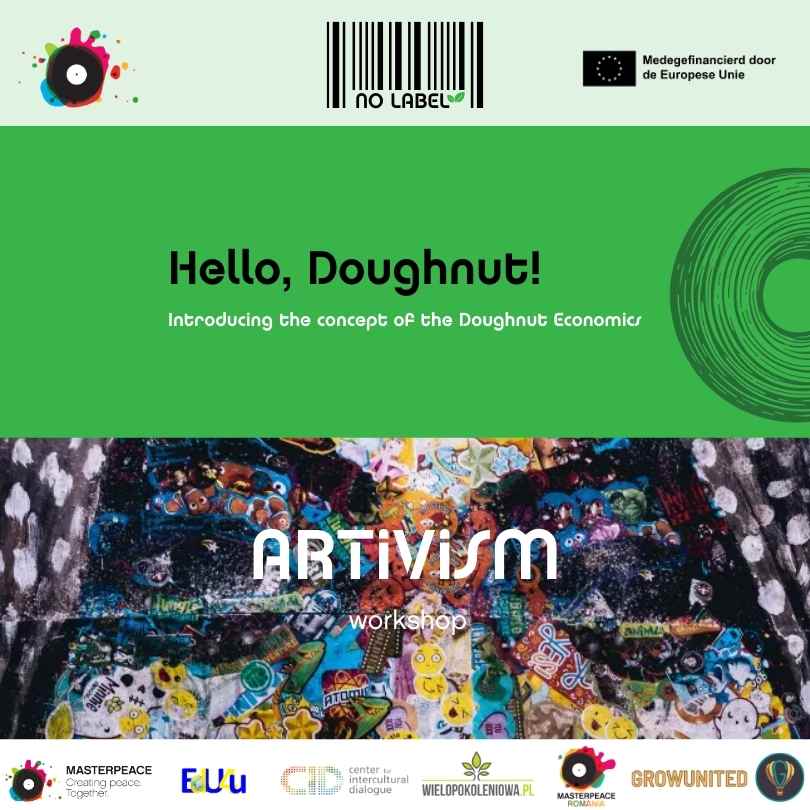
NFE Materialen Donut Economie
NFE Materialen ARTIVISM
Internationale bijeenkomsten en evenementen
In september vond onze eerste fysieke bijeenkomst plaats in Ploiești, Roemenië. Hier kwamen alle partners samen om de voortgang te bespreken en nieuwe plannen te smeden. Dit was de eerste stap in een reeks van internationale evenementen, waar organisaties van verschillende landen elkaar kunnen ontmoeten en ideeën kunnen uitwisselen.
Wil jij ook actief bijdragen aan de verduurzaming van de mode-industrie? Als enthousiaste jongere (18-30 jaar) kun je deelnemen aan internationale evenementen en trainingen. Denk bijvoorbeeld aan de Sustainable Fashion Week in Polen of een inspirerend evenement over duurzaam consumentisme en mode in Noord-Macedonië.
Samen zorgen we voor morgen – draag jij ook je steentje bij?
Blijf op de hoogte van onze volgende stappen en inspireer mee!
Meer weten? yarima@masterpeace.org
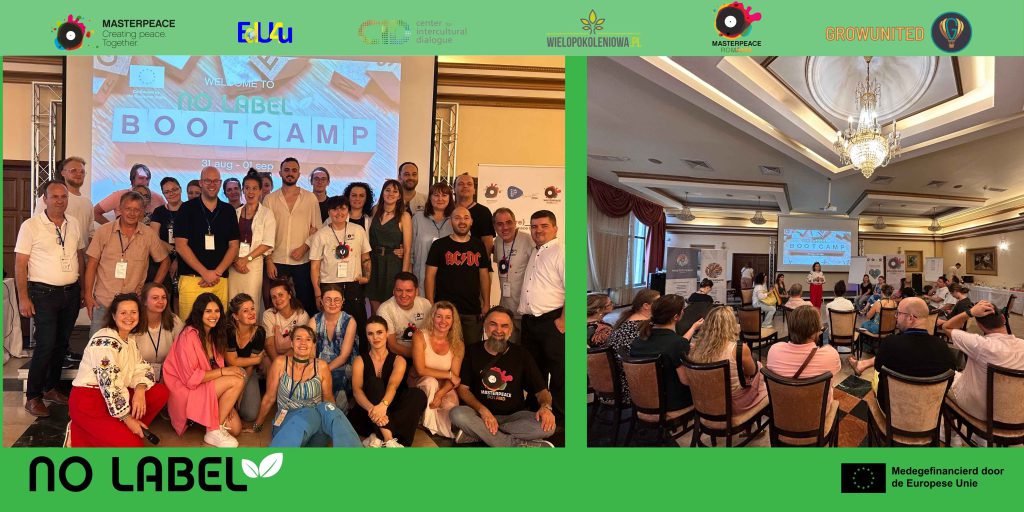
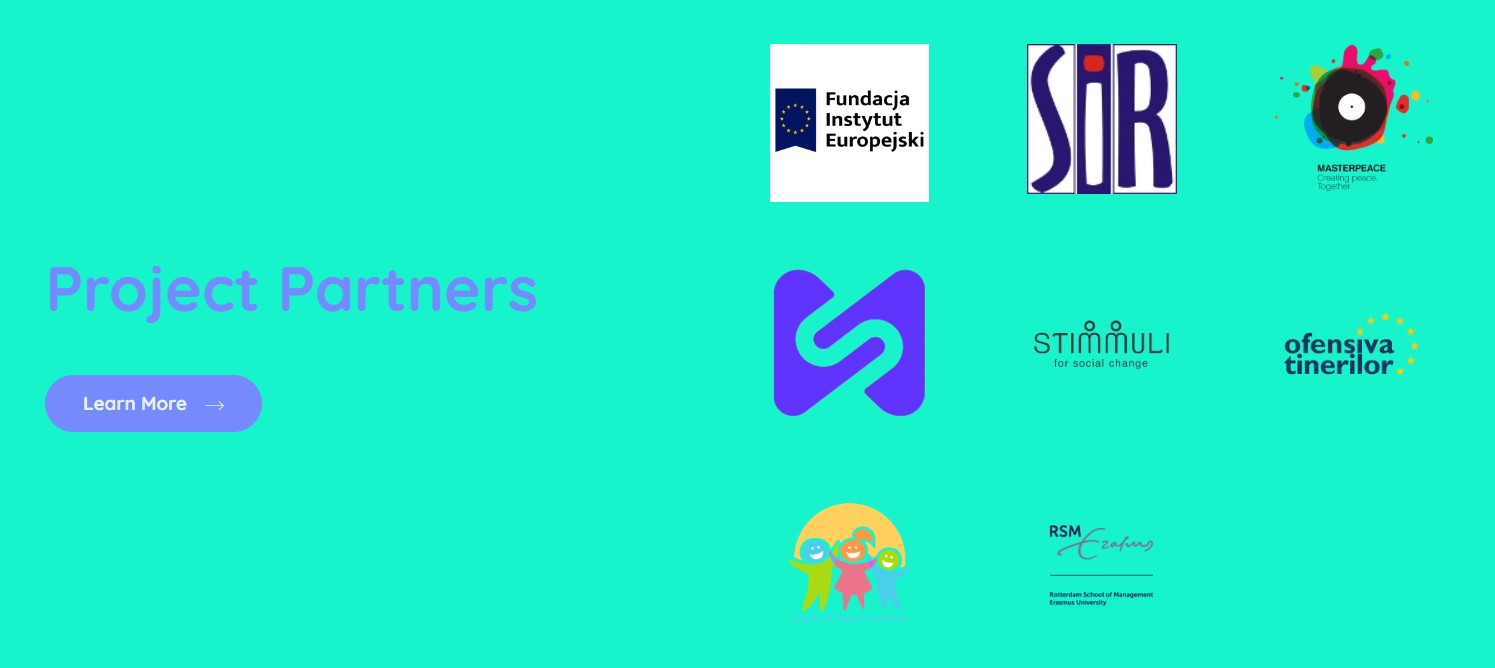
MasterPeace is a partner in the “Metaverse Learning Hub” (MLH) project
MasterPeace is a partner in the "Metaverse Learning Hub" (MLH) project (https://www.metaverselearninghub.eu), which is dedicated to empowering youth workers to enhance digital and human skills among disadvantaged youth, including young refugees from Ukraine. We believe this adds great value to the 60 licensed NGOs in 40+ countries that are members of the MasterPeace global network.
This project (co funded by the EU) addresses the critical need for developing competencies that can thrive in digital environments, fostering social inclusion and resilience in a rapidly changing world.
MLH provides an array of tools and educational resources, including immersive virtual experiences and hands-on instructions of how to integrate evidence-based resources and good practices in their interventions with youth. Central to these resources and good practices is the aim of building digital literacy and interpersonal skills, essential for navigating both the metaverse and real-life challenges (card game), which will be developed in the context of the MLH project.
Offering an engaging virtual environment for skill development and interactive simulations, a physical card game, and suggestions of how evidence-based resources can enhance youth interventions.
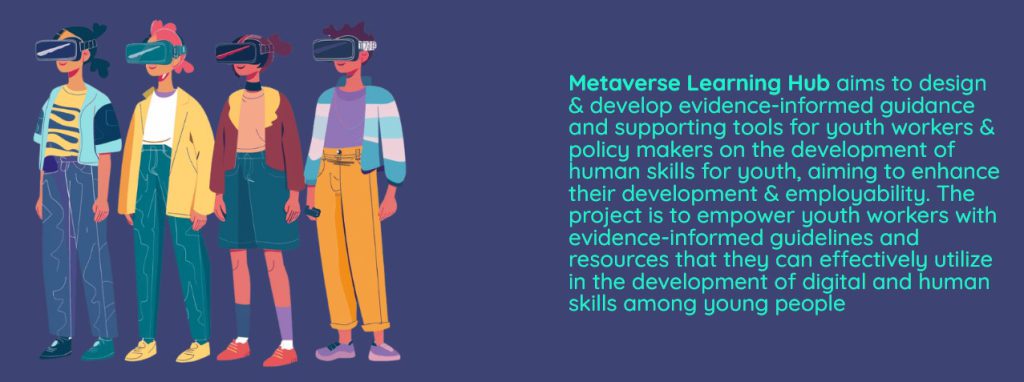
MLH seeks to equip youth workers with the capabilities needed to effectively support young individuals in building meaningful skills for their development. The project will extend its impact beyond direct educational tools and materials by offering policy recommendations.
Specifically, after >>
- conducting a thorough literature review on the topic;
- A needs analysis with youth workers
- By testing both the immersive learning experience and the accompanying card game, MLH will gather insights to enhance existing policy frameworks at the national and EU levels.
- Our recommendations will aim to refine and strengthen approaches to digital and human skills development, ensuring that policies are well-aligned with the evolving needs of disadvantaged youth and effectively support the integration of innovative educational practices.
Our Youth workers have access to evidence-based materials and proven practices tailored to the unique needs of disadvantaged youth. Our approach emphasizes practical outcomes and tangible benefits, focusing on community changes and how these tools, methodologies, and resources can facilitate impactful interventions and positive changes within communities.
Finally, MLH includes comprehensive guides for implementing specific interventions based on the insights gained from previous similar experiences. These plans are designed to be straightforward, empowering youth workers to execute effective programs and activities that seamlessly integrate theoretical knowledge with practical applications, ultimately bridging the gap between learning and doing in their work with youth.
We are proud to share these insights and build the capacity of our global and regional networks.

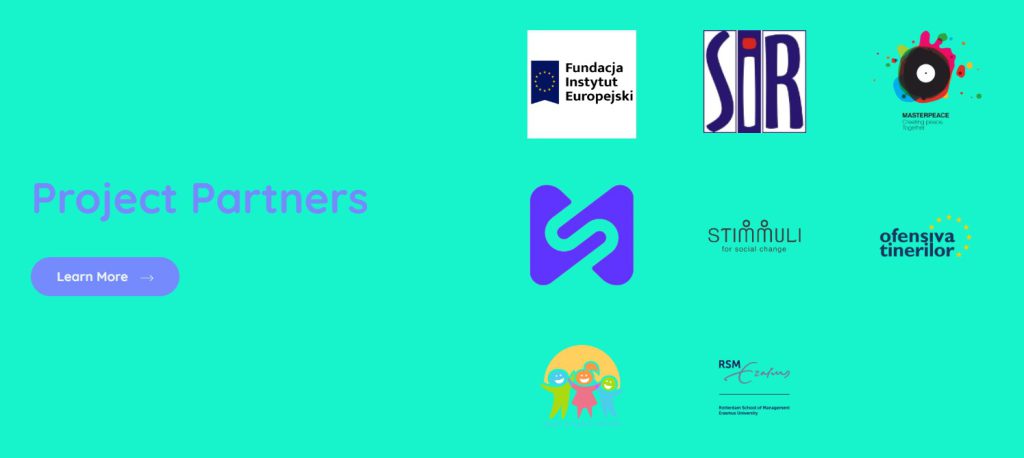
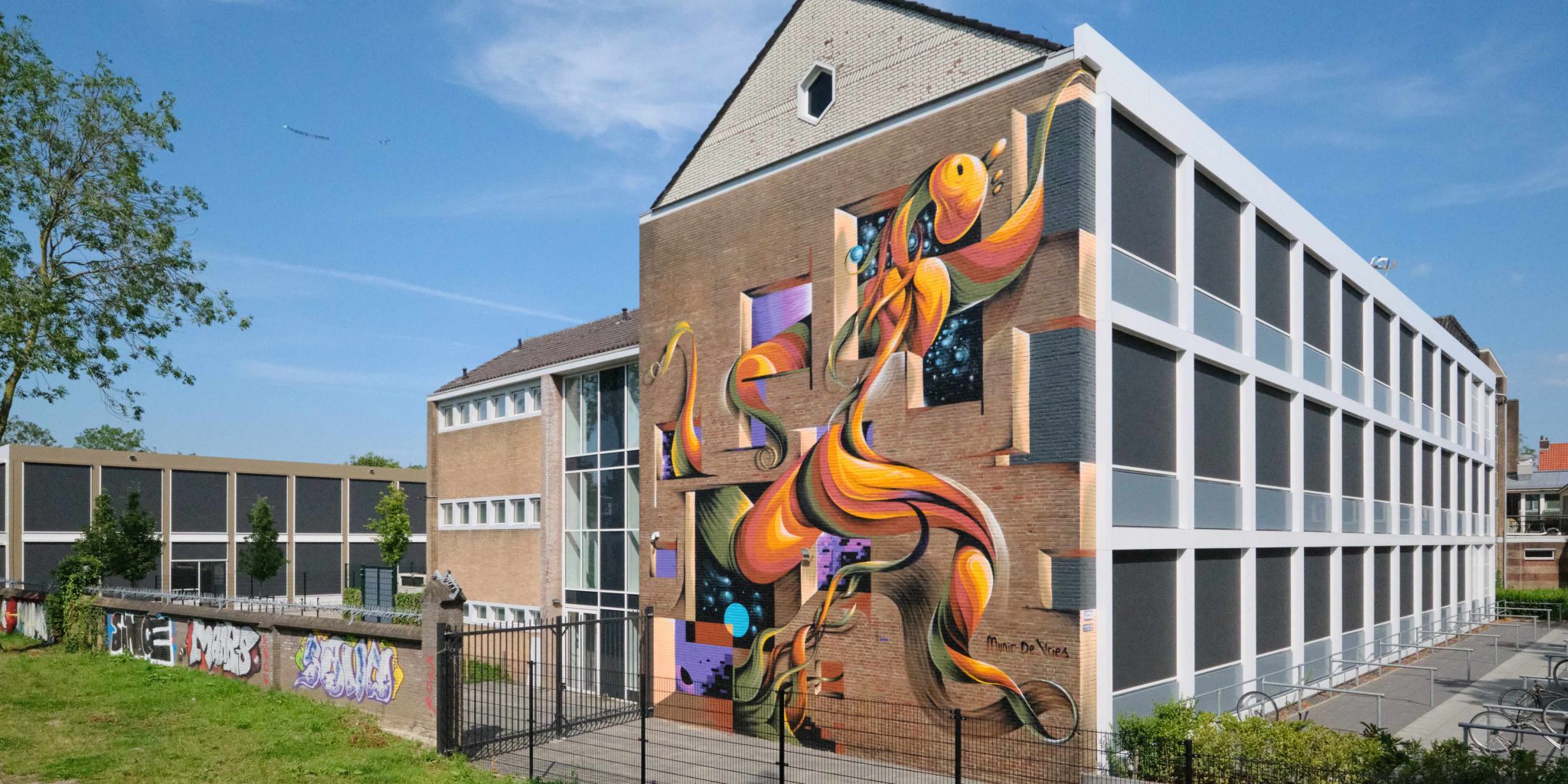
Muurschildering St. Bonifatius College - Boni en de wereld
Het St. Bonifatius College bestond in het schooljaar 2022-2023 100 jaar. Een prachtige gelegenheid om de school te eren met een MasterPeace “Wall of Connection”.
Tijdens dat schooljaar hebben MasterPeace en Munir de Vries de handen ineen geslagen om een serie aan lessen te verzorgen waarbij 20 leerlingen werden meegenomen in het proces, van ontwerpen tot uitvoeringsfase, van het maken van een muurschildering. Ook hebben de leerlingen nagedacht over wat zij belangrijk vinden in de wereld en zijn ze op zoek gegaan naar verhalen van wijkgenoten, schoolgenoten, docenten en/of de geschiedenis van de school en de buurt. Ze hebben geleerd hoe ze deze verhalen kunnen omzetten in visualisaties en/of een kunstwerk, en hebben zo input gegeven voor deze “Wall of Connection”.
Met de input van de leerlingen heeft kunstenaar Munir de Vries een ontwerp gemaakt. De leerlingen hebben hem geholpen met het aanbrengen van de muurschildering om zo eigenaarschap en zelfvertrouwen te creëren voor de leerlingen
“Ik vond het heel leuk om te helpen met spuiten en het is leuk om je eigen werk terug te kunnen zien”, aldus één van de leerlingen.
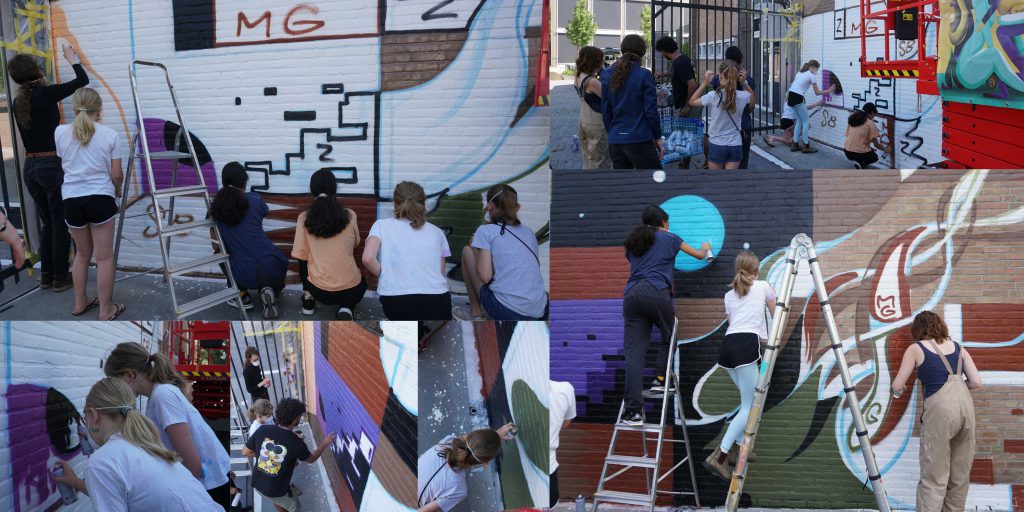
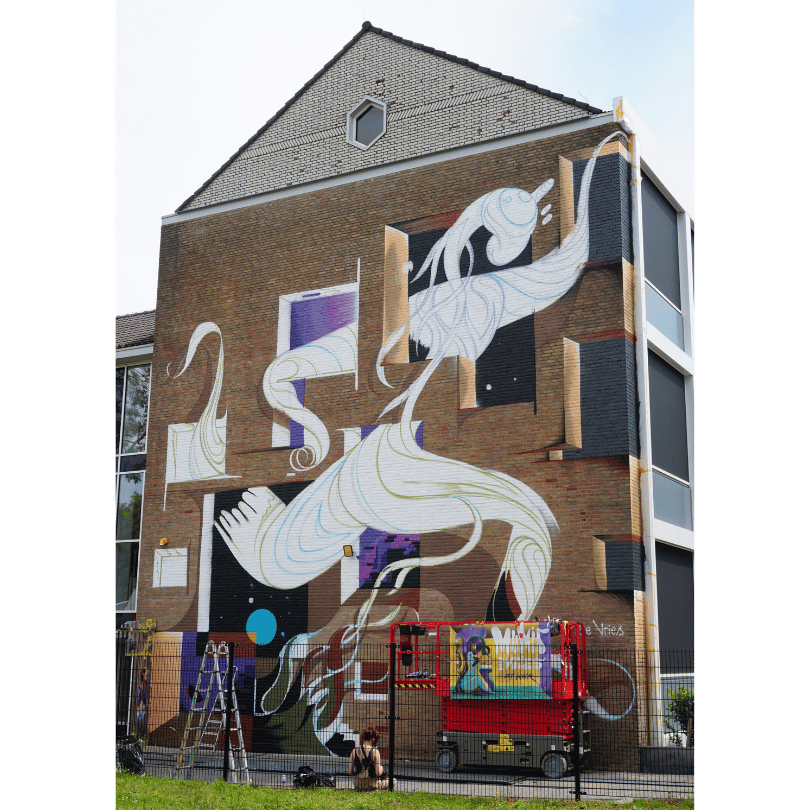
De muurschildering staat voor groei. Het St. Bonifatius College vormt de basis voor leerlingen, waarna zij de wijde wereld in gaan. “Het hoofd is een zaadje, dat staat voor het zien van de groeipotentie in mensen”, aldus kunstenaar Munir de Vries.
De leerlingen vinden het ontwerp goed bij de school en hun ontwikkeling passen; “Ik vind het ontwerp echt een goed en mooi idee, want het is een zaadje dat groeit, en dat laat zien hoe wij uiteindelijk ook vanuit de middelbare school groeien”.
Daarnaast toont de muurschildering de verbinding van de school met de wijk en de wereld. De muur is voor een groot deel baksteen en in het kleurenpalet is gebruik gemaakt van groen, dat aansluit op de bomen en omgeving, en paars en bruin/oranje dat aansluit bij de kleuren van de school. De vensters in de muur sluiten aan op de verdiepingen waardoor de koppeling met de binnenkant van de school wordt gemaakt.
“Wij als Boni, en ik als kunstdocente, zijn blij en trots dat er meer kunst is en dat deze muurschildering daar aan bijdraagt. De muurschildering verbeeldt de leerlingen, de identiteit van Boni en staat in verbinding met de buurt en met alle medewerkers en leerlingen van de school.” Aldus kunstdocente Gabrielle Meijer
Op dinsdag 3 september werd de muurschildering, in het bijzijn van leerlingen, docenten en wijkgenoten, officieel geopend.
We kijken terug op een hele fijne en leuke samenwerking met het St. Bonifatius College en Munir de Vries. Er zijn ook alweer plannen gemaakt voor vervolg samenwerking voor de invulling van de Boni+ uren voor het schooljaar 2024-2025.
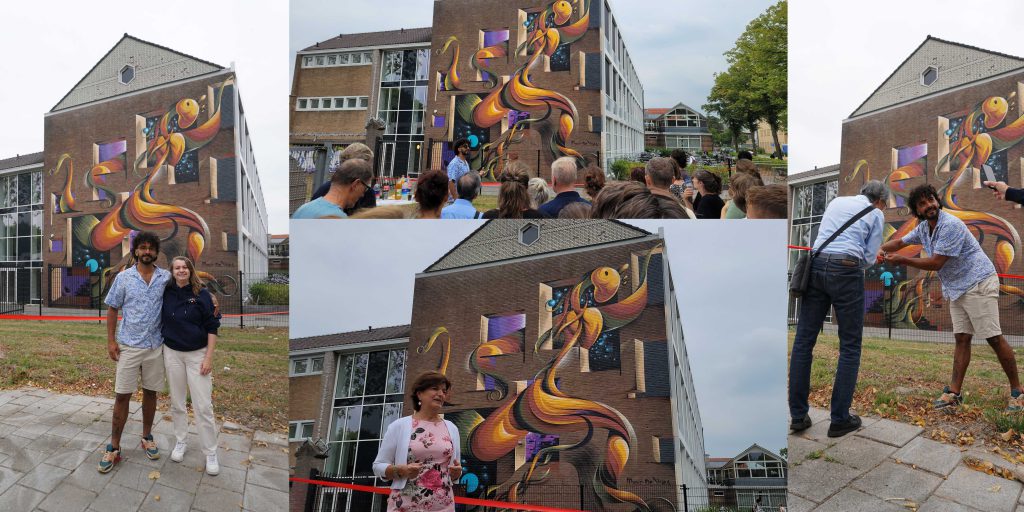
MasterPeace Walls of Connection
Waar muren er vaak voor zorgen dat mensen letterlijk en figuurlijk van elkaar gescheiden worden, ziet MasterPeace een kans om mensen juist met elkaar te verbinden. Door deze ‘Walls of Seperation’ samen om te toveren tot ‘ Walls of Connection’ willen we mensen met verschillende achtergronden en culturen samenbrengen om hun verhalen te vertellen in beelden.
In het kader van Utrecht 900 jaar ontwikkelde MasterPeace in 2022 samen met kunstenaars Munir de Vries en de Verfdokter een serie muurschilderingen. Geïnspireerd op de visie van jongeren op hun ‘stad zonder muren’, het thema van de viering van 900 jaar stadsrechten. De kunstwerken laten een duurzame herinnering achter aan de viering. Het creëren van een Wall of Connection op het St. Bonifatius College is een mooie toevoeging aan deze serie.
Een project van:
Dit project is mede mogelijk gemaakt door:
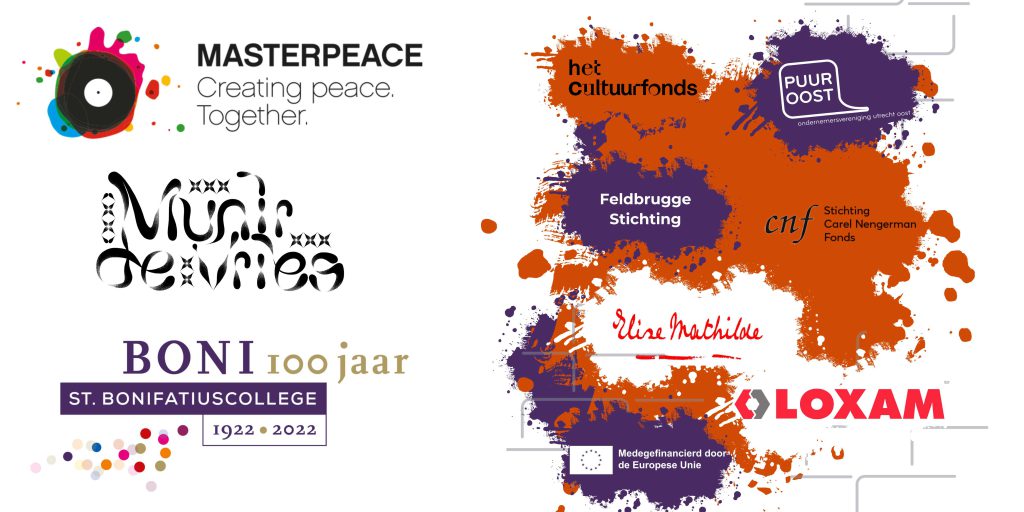
- All
- Africa
- Americas
- Asia
- Europe
- Global
- Highlights
- My Music Competition
- Podcast
- Uncategorized

